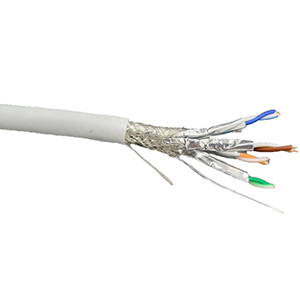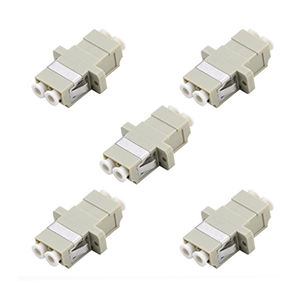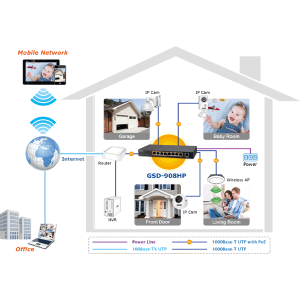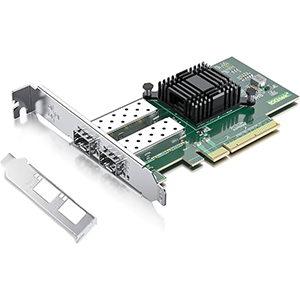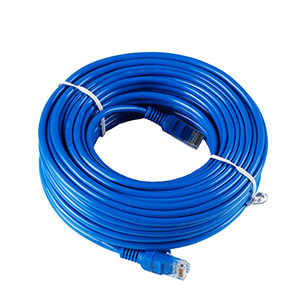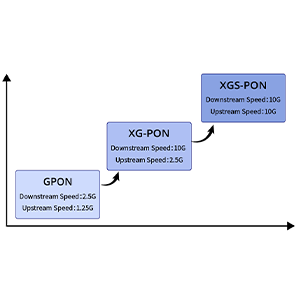Hello everyone, I am kun, an optical engineer at Gracyfiber. Today I will bring you a blog about fiber optic patch cords. In our network world, fiber optic patch cords are important components of connecting equipment, and their types and application scenarios are crucial to us. So, what is a fiber optic patch cord? What types does it have? How should we choose the appropriate fiber optic jumper? Next, let us enter the world of fiber optic patch cords and explore its mysteries!
In the digital era, the speed and quality of data transmission have become important indicators for measuring network performance. As an important component of connecting equipment, fiber optic patch cords play a vital role in improving the speed and quality of data transmission. Understanding the types and application scenarios of fiber optic patch cords is of great significance to us network engineers and communications professionals.
What is fiber optic patch cord
Fiber optic patch cord, as the name suggests, is a cable used to connect fiber optic equipment. It mainly consists of optical cables, connectors, protective sleeves and other parts. Among them, the optical cable is the main carrier for transmitting optical signals, the connector is responsible for connecting the optical cable to the equipment, and the protective sleeve plays the role of protecting the optical cable and connector.
Types of optical fiber patch cords
Classification by mode: single-mode fiber optic patch cords and multi-mode fiber optic patch cords
Single-mode fiber optic jumpers are suitable for long-distance, high-speed communication transmission, while multi-mode fiber optic jumpers are suitable for short-distance, low-speed communication transmission. When choosing, you need to choose based on actual needs.
Classification by connector type: LC, SC, FC and ST fiber optic patch cords
Different connector types are suitable for different device interfaces, such as LC for SFP+, XFP and other interfaces, and SC for GBIC and other interfaces. When selecting, you need to choose based on the interface type of the device.
Classified by transmission rate: OM1, OM2, OM3 and OM4 fiber optic patch cords
Different transmission rates are suitable for different transmission distances and data transmission needs. OM1 and OM2 are suitable for short-distance transmission, and OM3 and OM4 are suitable for long-distance transmission. When choosing, you need to choose based on actual needs.
Fiber patch cord application scenarios
Application of single-mode and multi-mode fiber optic patch cords in communication networks
Single-mode optical fiber jumpers are suitable for long-distance, high-speed communication transmission, such as backbone networks, metropolitan area networks, etc.; multi-mode optical fiber jumpers are suitable for short-distance, low-speed communication transmission, such as local area networks, access networks, etc.
Application of LC, SC, FC and ST fiber optic patch cords in connecting different equipment
LC fiber optic patch cord is suitable for equipment connection with interfaces such as SFP+ and
Application of OM1, OM2, OM3 and OM4 fiber optic patch cords at different transmission rates
OM1 and OM2 are suitable for short-distance transmission, such as internal data center transmission; OM3 is suitable for long-distance transmission, such as metropolitan area network transmission; OM4 is suitable for ultra-long-distance transmission, such as transnational communication transmission.
How to choose the right fiber optic patch cord
Choose the appropriate fiber type according to actual needs
Choose single-mode or multi-mode fiber jumpers according to actual needs to meet the needs of different distances and speeds. At the same time, factors such as the diameter and weight of the optical cable also need to be considered.
Choose the appropriate connector type according to the device interface
Select the appropriate connector type according to the interface type of the device to ensure connection stability and compatibility. For example, devices with SFP+ interfaces require fiber optic patch cords with LC connectors.
Choose the appropriate transmission category based on transmission distance and rate
Choose the appropriate transmission category according to actual needs to meet the needs of different distances and rates. For example, long-distance high-speed transmission requires the use of OM4-level optical fiber jumpers; short-distance low-speed transmission can use OM1-level optical fiber jumpers.
Through the introduction of this article, I believe that everyone has a deeper understanding of the types and application scenarios of fiber optic patch cords. In the future network world, with the continuous development of technology, fiber optic patch cord technology will become more mature and diversified. Therefore, we need to continuously learn and master new technical knowledge to better cope with various network connection needs. I hope this article can bring help and inspiration to everyone!


